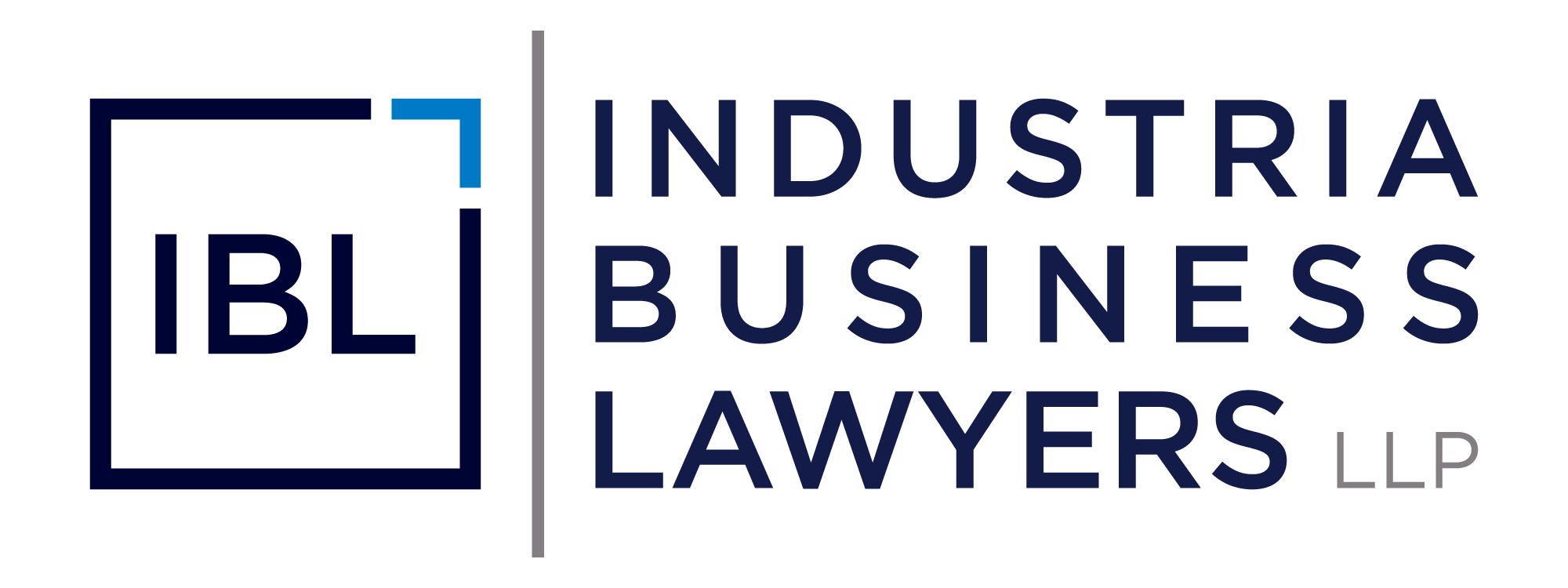Corporate Finance
Description
Corporate finance refers to a broad set of tools and market facilities utilized by businesses to fund their operations and maximize profits while minimizing costs. IBL aids its clients in conducting their corporate finance transactions in a legally-sound manner.
SERVICES
Contract drafting
Asset-based financing
Capital markets
Recapitalizations
Cross-border Financing
Revolving credit & term loans
Secured & unsecured facilities
Securitizations
Special Purpose Acquisition Companies (SPACs)
Trade receivables
Private equity & bond placements
Venture capital financing
Private Investments in Public Equity (PIPEs)
Working capital loans
Practicing Attorneys

Alexander Rodriguez
Managing Partner

Aaron Krowne
Partner & Practice Group Lead Blockchain & Corporate

Eric Goldman
IP Group Lead

Laura “LC” Cole
Counsel & Director of Partnerships Blockchain & Corporate

Matthew Bouillon
Litigation Group Lead and Counsel

Eric Ubias
Counsel

Robert John McCaffery
Counsel

Andrew Goldenberg
Strategic Partner

Christopher Ray
Counsel

Meghan Pratschler
Counsel

Benjamin Walsh
Network Attorney

Contact Us
Connect with Experienced Attorneys
Get in touch to discuss how our industry-specific legal solutions can assist you.
